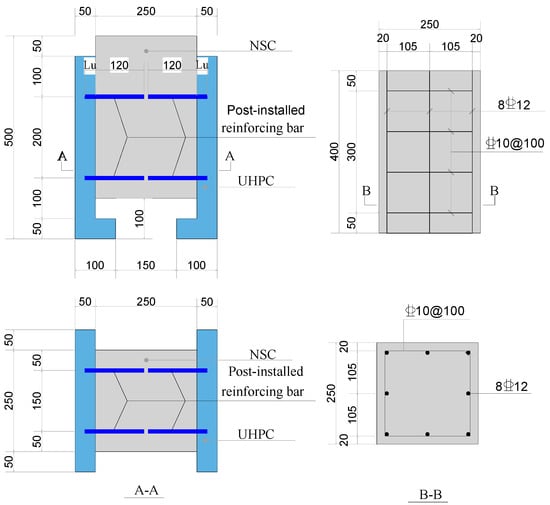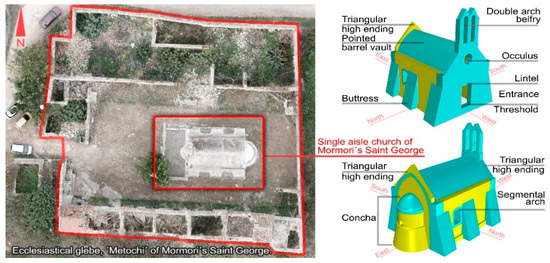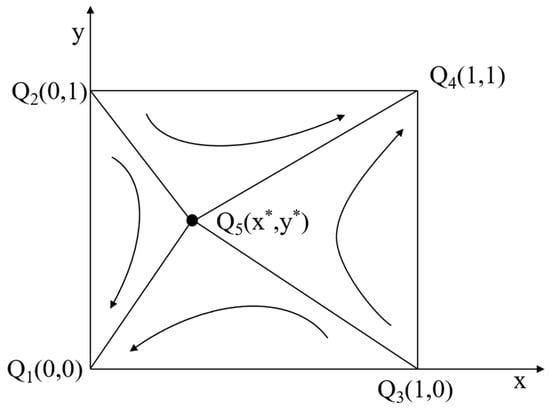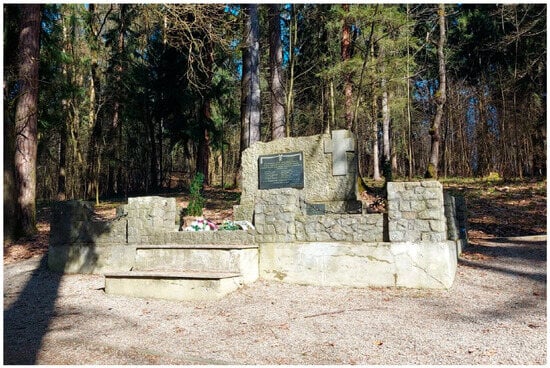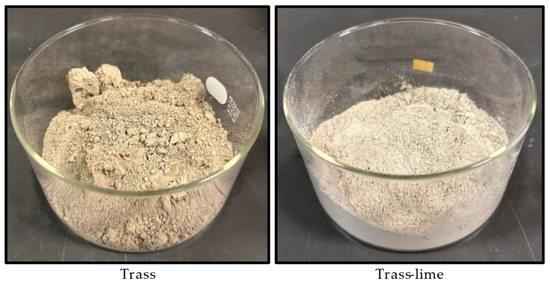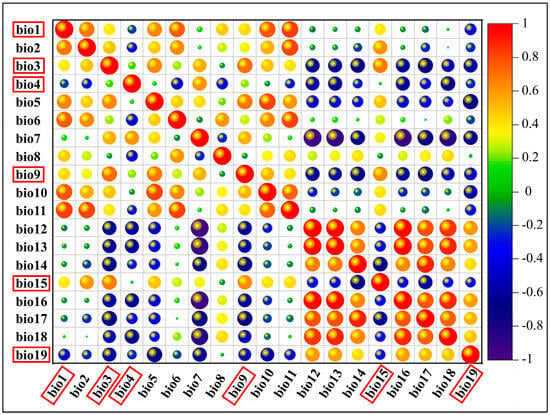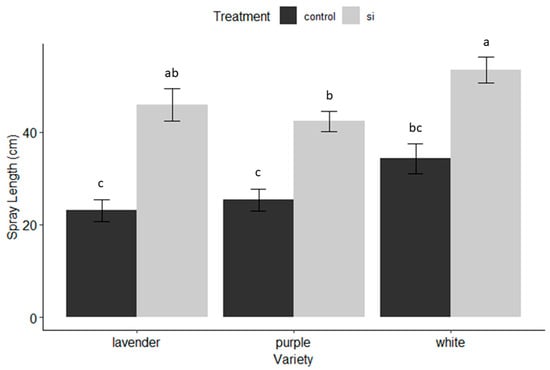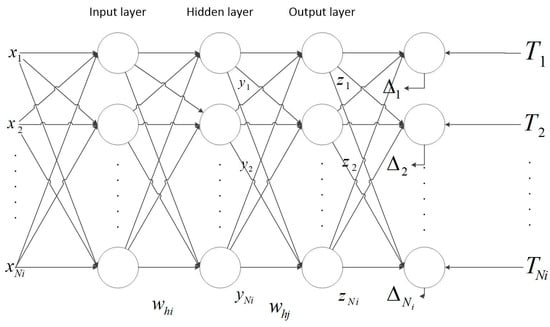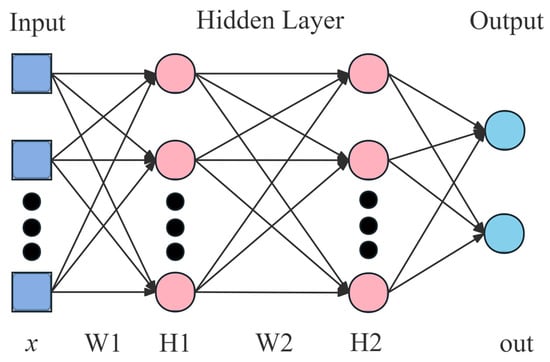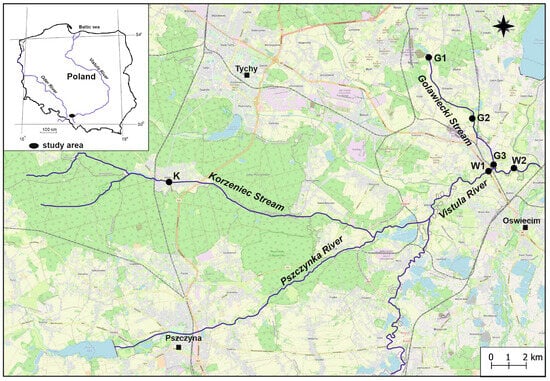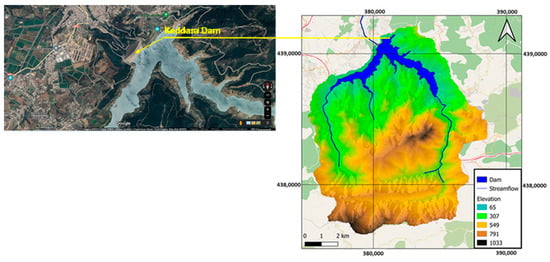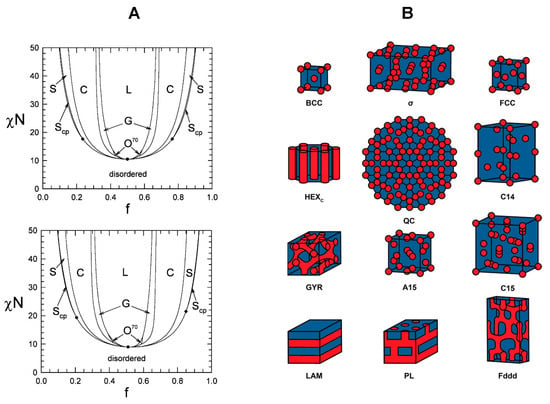A precise evaluation of the risk of establishing insect pests is essential for national plant protection organizations. This accuracy is crucial in negotiating international trade agreements for forestry-related commodities, which have the potential to carry pests and lead to unintended introductions in the importing countries. In our study, we employed both mechanistic and correlative niche models to assess and map the global patterns of potential establishment for
Aeolesthes sarta under current and future climates. This insect is a significant pest affecting tree species of the genus
Populus,
Salix,
Acer,
Malus,
Juglans, and other hardwood trees. Notably, it is also categorized as a quarantine pest in countries where it is not currently present. The mechanistic model, CLIMEX, was calibrated using species-specific physiological tolerance thresholds, providing a detailed understanding of the environmental factors influencing the species. In contrast, the correlative model, maximum entropy (MaxEnt), utilized species occurrences and spatial climatic data, offering insights into the species’ distribution based on observed data and environmental conditions. The projected potential distribution from CLIMEX and MaxEnt models aligns well with the currently known distribution of
A. sarta. CLIMEX predicts a broader global distribution than MaxEnt, indicating that most central and southern hemispheres are suitable for its distribution, excluding the extreme northern hemisphere, central African countries, and the northern part of Australia. Both models accurately predict the known distribution of
A. sarta in the Asian continent, and their projections suggest a slight overall increase in the global distribution range of
A. sarta with future changes in climate temperature, majorly concentrating in the central and northern hemispheres. Furthermore, the models anticipate suitable conditions in Europe and North America, where
A. sarta currently does not occur but where its preferred host species,
Populus alba, is present. The main environmental variables associated with the distribution of
A. sarta at a global level were the average annual temperature and precipitation rate. The predictive models developed in this study offer insights into the global risk of
A. sarta establishment and can be valuable for monitoring potential pest introductions in different countries. Additionally, policymakers and trade negotiators can utilize these models to make science-based decisions regarding pest management and international trade agreements.
Full article
 IJMS
IMPACT
IJMS
IMPACT Applied Sciences
IMPACT
Applied Sciences
IMPACT Sustainability
IMPACT
Sustainability
IMPACT Sensors
IMPACT
Sensors
IMPACT JCM
IMPACT
JCM
IMPACT Materials
IMPACT
Materials
IMPACT Molecules
IMPACT
Molecules
IMPACT Energies
IMPACT
Energies
IMPACT Electronics
IMPACT
Electronics
IMPACT Remote Sensing
IMPACT
Remote Sensing
IMPACT Cancers
IMPACT
Cancers
IMPACT Nutrients
IMPACT
Nutrients
IMPACT Mathematics
IMPACT
Mathematics
IMPACT Foods
IMPACT
Foods
IMPACT Buildings
IMPACT
Buildings
IMPACT Polymers
IMPACT
Polymers
IMPACT Animals
IMPACT
Animals
IMPACT Water
IMPACT
Water
IMPACT Plants
IMPACT
Plants
IMPACT Agronomy
IMPACT
Agronomy
IMPACT Biomedicines
IMPACT
Biomedicines
IMPACT Processes
IMPACT
Processes
IMPACT Microorganisms
IMPACT
Microorganisms
IMPACT Diagnostics
IMPACT
Diagnostics
IMPACT Nanomaterials
IMPACT
Nanomaterials
IMPACT Viruses
IMPACT
Viruses
IMPACT Medicina
IMPACT
Medicina
IMPACT Healthcare
IMPACT
Healthcare
IMPACT Cells
IMPACT
Cells
IMPACT Forests
IMPACT
Forests
IMPACT Agriculture
IMPACT
Agriculture
IMPACT Land
IMPACT
Land
IMPACT JMSE
IMPACT
JMSE
IMPACT IJERPH
IJERPH
 Symmetry
IMPACT
Symmetry
IMPACT Genes
IMPACT
Genes
IMPACT Pharmaceutics
IMPACT
Pharmaceutics
IMPACT Coatings
IMPACT
Coatings
IMPACT Micromachines
IMPACT
Micromachines
IMPACT Pharmaceuticals
IMPACT
Pharmaceuticals
IMPACT Atmosphere
IMPACT
Atmosphere
IMPACT Children
IMPACT
Children
IMPACT Religions
IMPACT
Religions
IMPACT Antioxidants
IMPACT
Antioxidants
IMPACT Life
IMPACT
Life
IMPACT Metals
IMPACT
Metals
IMPACT Biomolecules
IMPACT
Biomolecules
IMPACT Vaccines
IMPACT
Vaccines
IMPACT Education Sciences
IMPACT
Education Sciences
IMPACT Minerals
IMPACT
Minerals
IMPACT Horticulturae
IMPACT
Horticulturae
IMPACT Brain Sciences
IMPACT
Brain Sciences
IMPACT JPM
IMPACT
JPM
IMPACT Bioengineering
IMPACT
Bioengineering
IMPACT






